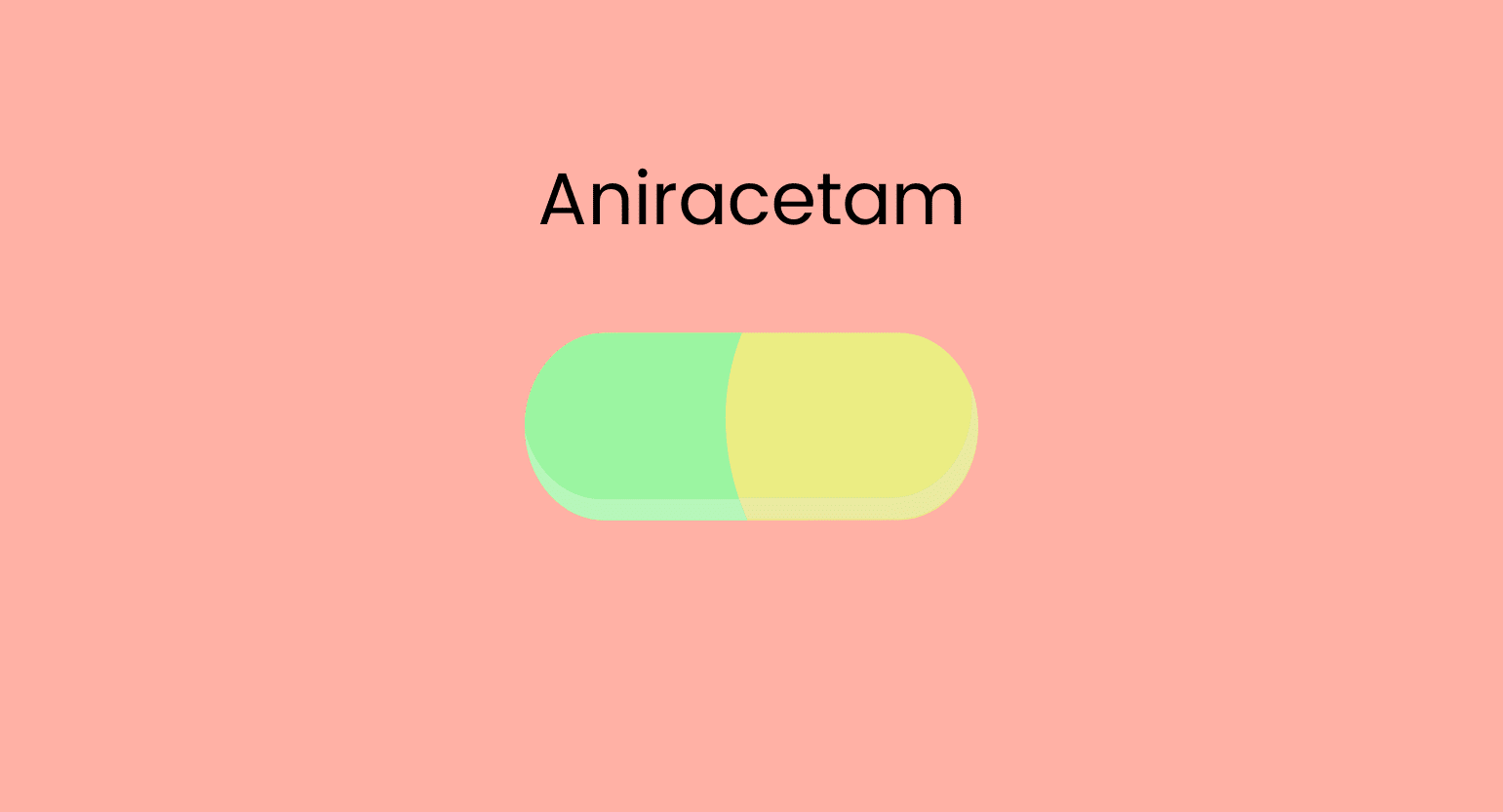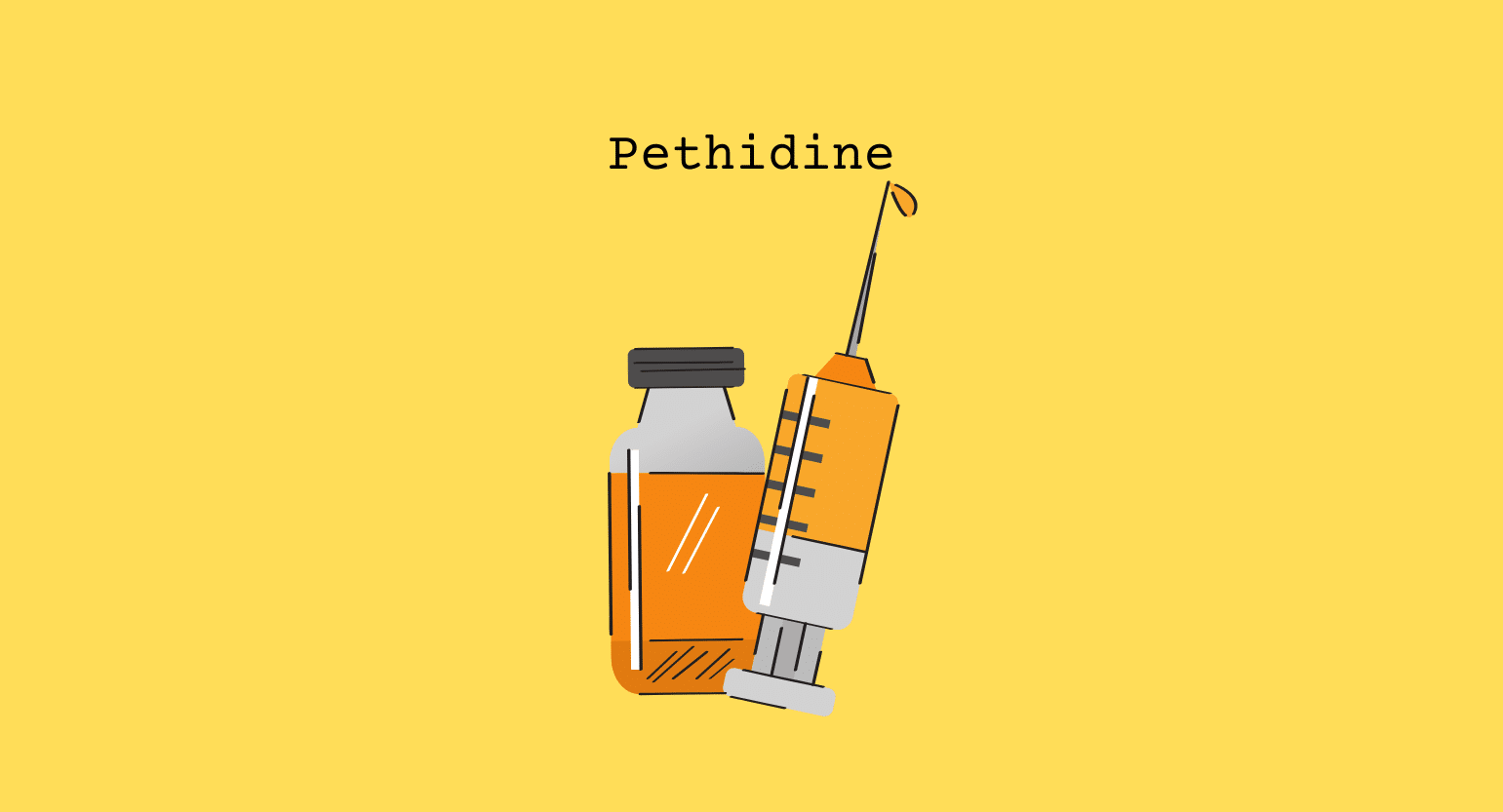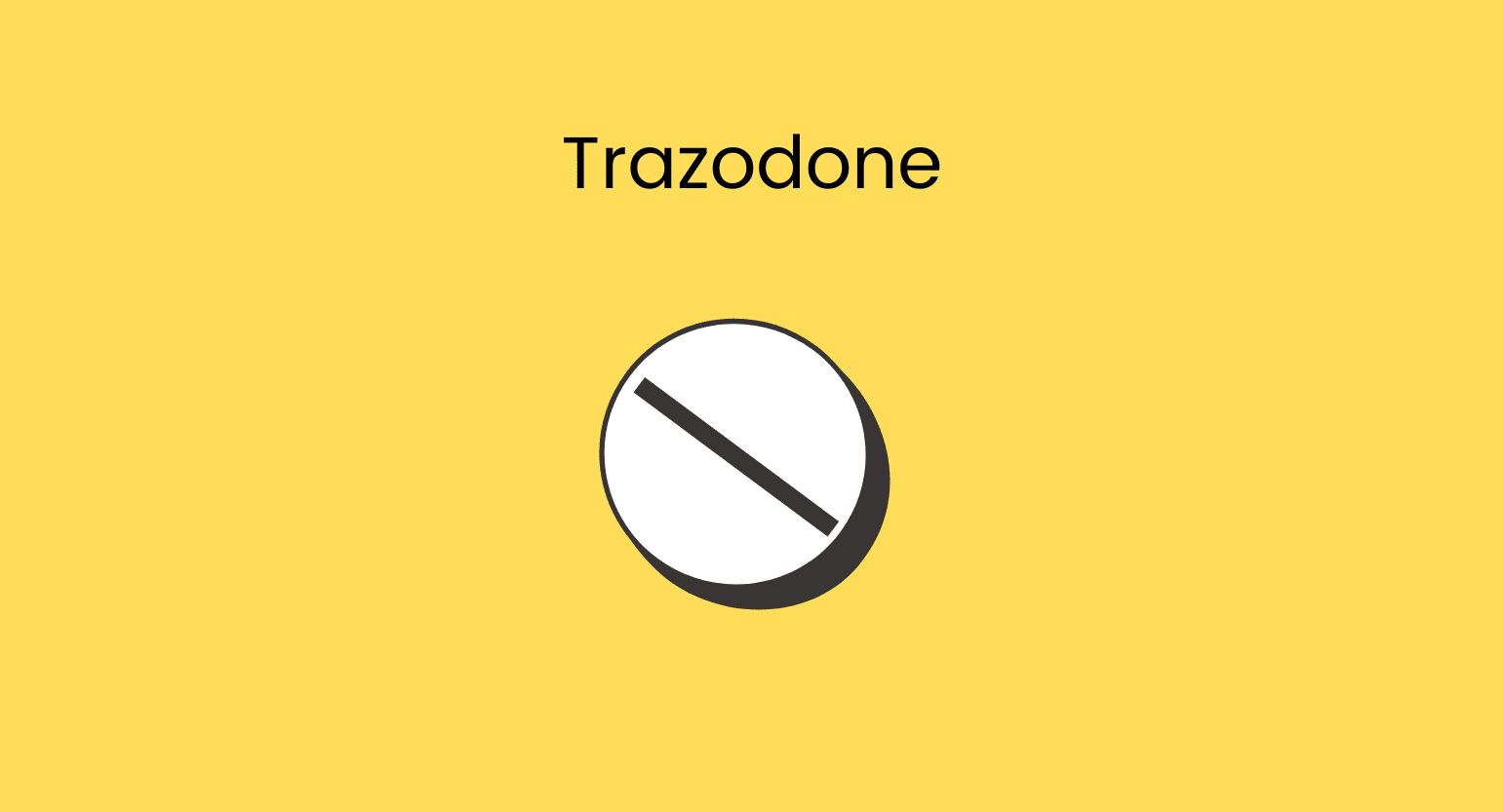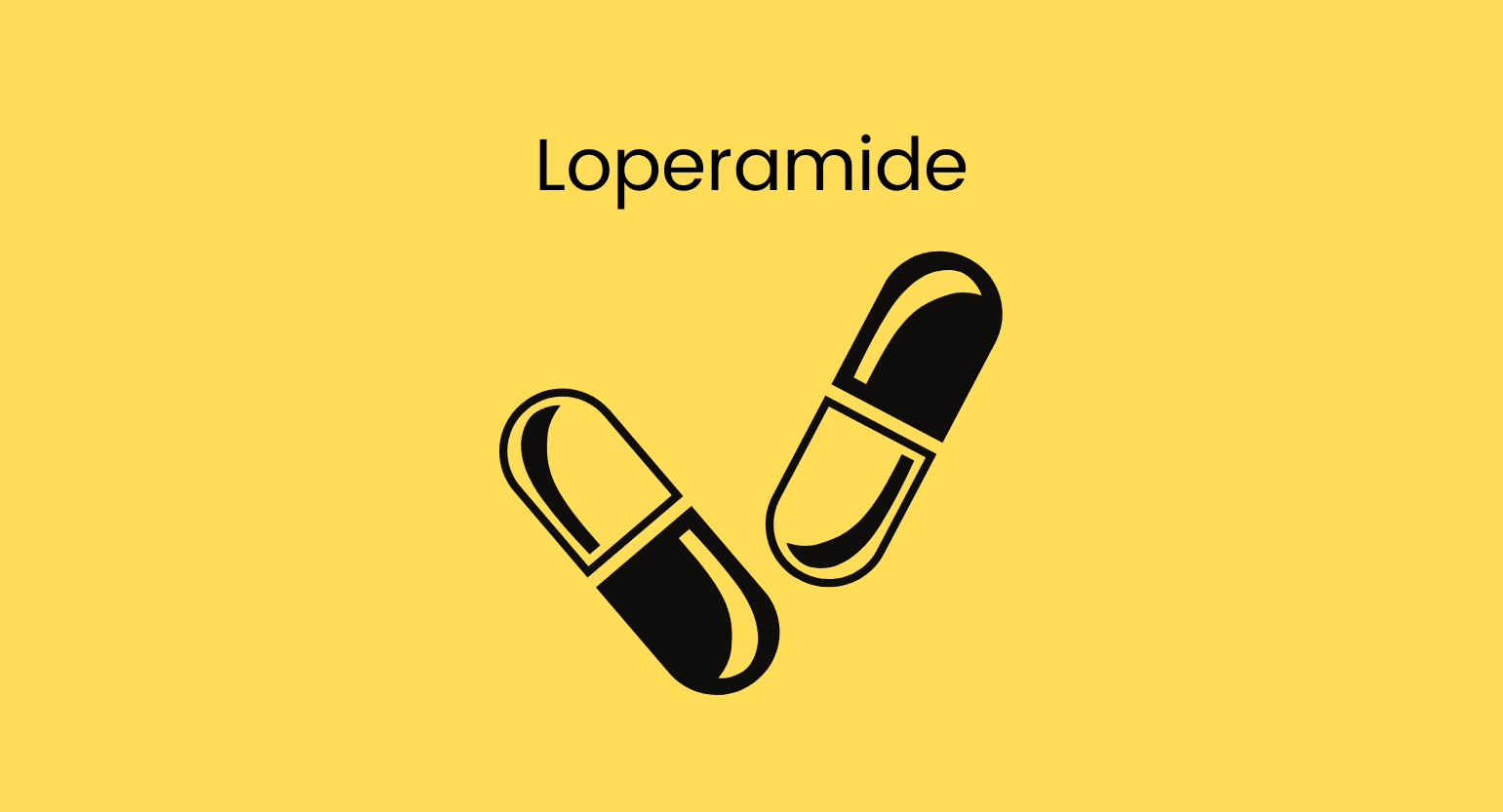Does Kratom Interact With Aniracetam?
Kratom rarely interacts with aniracetam.
There is either no interaction or just mild interaction between these two drugs. So, taking the drugs together in small doses might not cause concerning side effects. Still, because we don’t know much about the interaction between these two compounds, it’s best to talk to your doctor first.
If any interaction occurs between the two drugs, it may happen in the following two ways:
Kratom Can Decrease Aniracetam’s Effects (Antagonistic Interaction)
When two drugs cause opposite effects, pharmacological antagonism occurs. This means that, when taken together, antagonist drugs will cancel out their effects.
The mechanism of action of kratom and aniracetam is very different. The active metabolite of kratom activates opioid receptors, whereas metabolites of aniracetam mainly modulate the AMPA, serotonin, dopamine, and acetylcholine receptors [1].
While kratom has anxiolytic properties, aniracetam may act as a neurostimulator. So, in theory, they may cancel out each other’s effects.
But, as aniracetam is rapidly hydrolyzed and eliminated, the risk of antagonistic interaction is low. However, the risk increases when either drug is taken in high doses.
Kratom May Alter The Metabolism Of Aniracetam (Metabolic Competition)
Most oral medications are metabolized by liver enzymes. So, when two medicines require the same liver enzymes and are taken simultaneously, they may interfere with each other’s metabolism and increase the risk of toxicity. This phenomenon is known as metabolic competition.
Kratom is mainly metabolized by CYP3A4, CYP3A5, and CYP2D6 enzymes [2]. In addition to these three enzymes, aniracetam is also metabolized by other enzymes like UGT (UDP glucuronosyltransferase)[3]. Also, there is extensive gastrointestinal hydrolysis of aniracetam [4].
This means that aniracetam’s metabolization and elimination processes depend not only on CYP enzymes, as in the case of kratom. Therefore, the risk of metabolic competition is relatively low between these two drugs.
When taken together in low doses, the risk of toxicity of either drug is rarely enhanced by the other. However, further studies on the interaction risk between these two drugs are essential.

Kratom & Other Nootropics
Aniracetam belongs to the racetam class of nootropics. Kratom and other nootropics will have similar interactions. They are as follows:
- Oxiracetam
- Piracetam
- Pramiracetam
- Phenylpiracetam
Is It Safe To Take Kratom With Aniracetam?
Kratom and aniracetam could be taken together as the risk of adverse events are low. However, taking the two drugs together may reduce the effect of both.
For example, if you take aniracetam and then use kratom to promote sleep, the first drug may cancel out kratom’s sedating properties. This is especially true if aniracetam is taken in high doses. Some known side effects of aniracetam are anxiety, irritability, insomnia, and jitteriness.

What Is Aniracetam?
Aniracetam is a medication belonging to the racetam family of nootropic compounds. It is a fat-soluble nootropic, making it more potent than primitive racetam-class drugs like piracetam.
Clinical studies have demonstrated that aniracetam acts by modulating three primary neurotransmitters [5]:
Acetylcholine
The acetylcholine system in the brain plays a significant role in cognitive functions such as learning, attention, memory, and concentration. Aniracetam binds to acetylcholine receptors and inhibits their desensitization.
Serotonin & Dopamine
Serotonin is crucial in memory, sleep, stress, and many other neurological processes. On the other hand, dopamine controls the brain’s pleasure and reward centers. Dopamine also plays a pivotal role in regulating emotional responses and movements.
Aniracetam can increase the levels of serotonin and dopamine in the brain. It also may help improve mood, boost energy, and decrease anxiety.
Glutamate
Glutamate is a neurotransmitter that plays a vital role in neural activation. Aniracetam improves memory formation and information storage binding to AMPA (alpha-amino-3-hydroxy-5-methyl-4-isoxazolepropionic acid) receptors, enhancing glutamate transmission.
Aniracetam Specifications
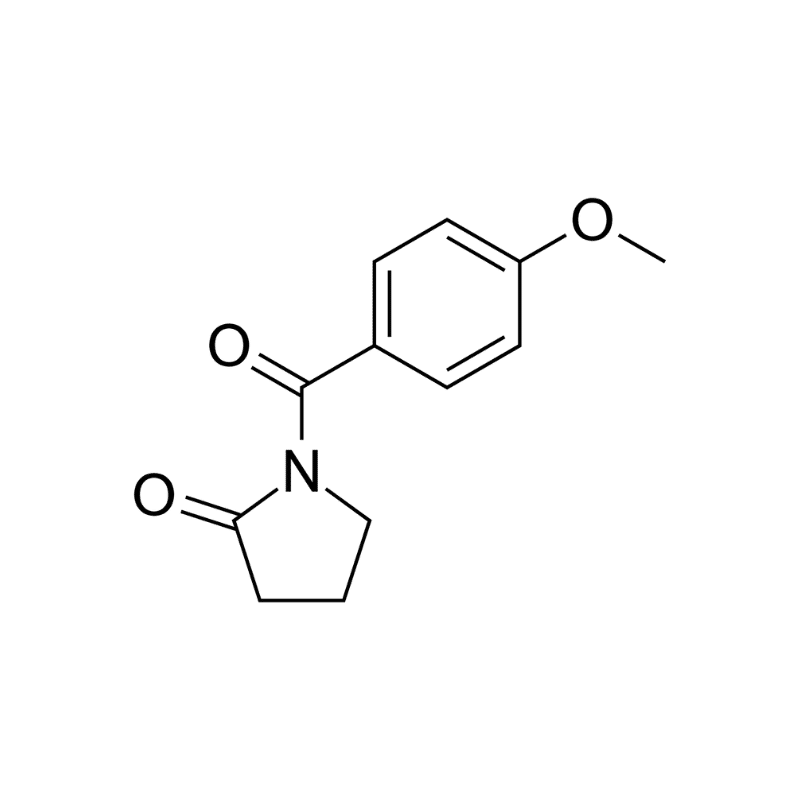
| Drug Name | Aniracetam |
| Trade Name | Draganon, Sarpul, Ampamet, Memodrin, Referan |
| Classification | Racetam-class of nootropics |
| CYP Metabolism | Not specified |
| Interaction With Kratom | Antagonistic |
| Risk of Interaction | Mild |
What Is Aniracetam Used For?
Aniracetam might be helpful in conditions such as anxiety, depression, and dementia. This is because of its ability to:
Improve Memory & Cognition
Animal studies have shown that aniracetam boosts memory and enhances recall speed [6]. The study results also indicate that memory and recall speed may improve with regular use of the drug.
Aniracetam may also enhance cognitive performance. Evidence suggests that it can help improve brain functioning in people suffering from cognitive impairment, e.g., Alzheimer’s disease [7].
Boost Awareness & Sharpens Focus
Aniracetam may be helpful in people with attention deficit hyperactivity disorder (ADHD). Studies show that regularly taking aniracetam can enhance focus and awareness of their surroundings.
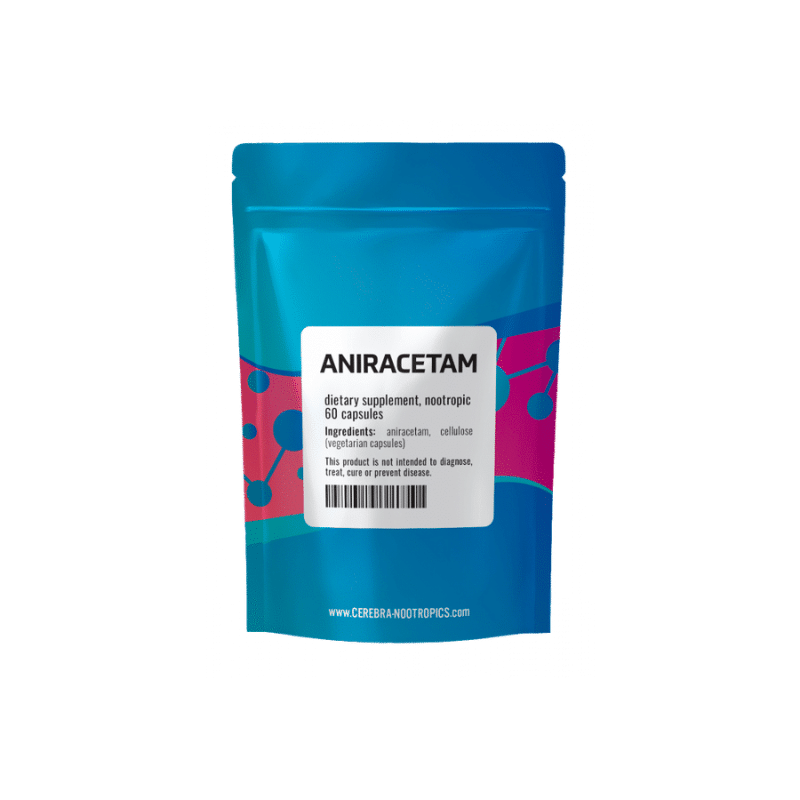
What Is the Appropriate Dose of Aniracetam?
The recommended dosage of aniracetam is 1500 mg per day in two divided doses [11].
What Are the Side Effects of Aniracetam?
Aniracetam is a safe drug and is well-tolerated by most individuals. However, the risk of experiencing side effects is low but not nonexistent.
Side effects of aniracetam are rare but can include [7]:
- Anxiety
- Fatigue
- Nervousness
- Nausea
Usually, these side effects occur if the recommended dosage guidelines are not followed.

What Is Kratom?
Kratom (Mitragyna speciosa) is a tropical deciduous tree within the coffee family (Rubiaceae) native to Southeast Asia. Kratom has been used as a nootropic and natural remedy for centuries. It is consumed in small quantities by chewing leaves, in tea, or powdered and washed down with a drink.
Recent evidence has suggested that its major metabolite, 7-hydroxymitragynine, acts on 𝛍-opioid receptors [9]. There are many health benefits of kratom, depending on strain and dosage. As a nootropic, it improves anxiety, depression, decreased sleep, and pain [10].
What Is Kratom Used For?
People use kratom for all kinds of things, but here are the most common.

What Is the Appropriate Dose of Kratom?
The dose depends on what effects you’re hoping to achieve. If you want pain relief or help sleeping, you’ll need more significant amounts (6-10 g). If you want energy and an improved mood, you need smaller doses (2-5 g).
It’s always best to go with a small amount and see how it affects you. The more you take, the more likely you will experience side effects.
Beginners can start taking kratom at 2 grams per day. As the body adapts to this drug, the dose can slowly increase to 10 grams daily. It is advised not to take more than 10 grams of this drug daily.
Check out our dosage guide and calculator to find the most accurate amount for you.
What Are the Side Effects of Kratom?
Kratom’s side effects are usually minimal and happen with larger amounts or continuous use. The following side effects are common but go away quickly.
- Anxiety
- Constipation
- Dizziness
- Dry mouth
- Headaches
- Heart palpitations
- Liver damage (with long-term use)
- Nausea and vomiting
- Stomach cramps
- Sedation
Moreover, kratom use is not considered safe for pregnant individuals since it could cause unhealthy weight loss and can worsen some of the unpleasant symptoms of pregnancy, like nausea & vomiting.
Kratom has also the potential to become addictive. Hence, it is recommended that you take tolerance breaks from time to time.

What Are the Different Types of Kratom?
Kratom has basic effects, but each strain has a different “personality,” so to speak. Kratom strains are separated by the color of the leaf vein to simplify classification. This might sound odd, but this is an excellent way to tell the alkaloid concentration and therefore know the effects better.

White Vein Kratom
White vein kratom increases energy, sharpens focus, and improves concentration. It possesses energy-boosting properties.

Red Vein Kratom
Red strains are best for those seeking remedies for difficulty sleeping and pain. It is fast-acting and has numbing and relaxing properties.

Green Vein Kratom
Green strains possess the properties of both white and red kratom. It shows stimulant or sedative effects depending on the dosage.

Yellow Vein kratom
Yellow strains are a derivative of green kratom, usually fermented. These are smoother and have more relaxing properties.
Key Takeaways: Is it Safe to Mix Kratom & Aniracetam?
Kratom and aniracetam have different mechanisms of action and routes of metabolism. When either drug is taken in high doses, it may cancel out the effects of the other drug.
When taken together in low doses, the drugs are well-tolerated. However, it is best to consult an expert if you wish to take the two medications simultaneously.
- Nicoletti, F., Casabona, G., Genazzani, A. A., Copani, A., Aleppo, G., Canonico, P. L., & Scapagnini, U. (1992). Excitatory amino acids and neuronal plasticity: modulation of AMPA receptors as a novel substrate for the action of nootropic drugs. Functional Neurology, 7(5), 413–422.
- Kamble, S. H., Sharma, A., King, T. I., León, F., McCurdy, C. R., & Avery, B. A. (2019). Metabolite profiling and identification of enzymes responsible for the metabolism of mitragynine, the major alkaloid of Mitragyna speciosa (kratom), 49(11), 1279–1288.
- Mayersohn, M., Roncari, G., & Wendt, G. (2012). Disposition Pharmacokinetics and Metabolism of Aniracetam in Animals. Drug Investigation 1993 5:1, 5(1), 73–95.
- Goldsmith, S. D., & McDowell, A. (2018). Designing a Formulation of the Nootropic Drug Aniracetam Using 2-Hydroxypropyl-β-Cyclodextrin Suitable for Parenteral Administration. Pharmaceutics 2018, Vol. 10, Page 240, 10(4), 240.
- Shirane, M., & Nakamura, K. (2001). Aniracetam enhances cortical dopamine and serotonin release via cholinergic and glutamatergic mechanisms in SHRSP. Brain Research, 916(1–2), 211–221.
- Cumin, R., Bandle, E. F., Gamzu, E., & Haefely, W. E. (1982). Effects of the novel compound aniracetam (Ro 13-5057) upon impaired learning and memory in rodents. Psychopharmacology 1982 78:2, 78(2), 104–111.
- Lee, C. R., & Benfield, P. (2012). Aniracetam. Drugs & Aging 1994 4:3, 4(3), 257–273.
- Malykh, A. G., & Sadaie, M. R. (2012). Piracetam and Piracetam-Like Drugs. Drugs 2010 70:3, 70(3), 287–312.
- Kikura-Hanajiri, R., Kawamura, M., Maruyama, T., Kitajima, M., Takayama, H., & Goda, Y. (2009). Simultaneous analysis of mitragynine, 7-hydroxymitragynine, and other alkaloids in the psychotropic plant “kratom” (Mitragyna speciosa) by LC-ESI-MS. Forensic Toxicology 2009 27:2, 27(2), 67–74.
- Singh, D., Narayanan, S., & Vicknasingam, B. (2016). Traditional and non-traditional uses of Mitragynine (Kratom): A survey of the literature. Brain Research Bulletin, 126, 41–46.
- Koliaki, C. C., Messini, C., & Tsolaki, M. (2012). Clinical efficacy of aniracetam, either as monotherapy or combined with cholinesterase inhibitors, in patients with cognitive impairment: a comparative open study. CNS neuroscience & therapeutics, 18(4), 302-312.

